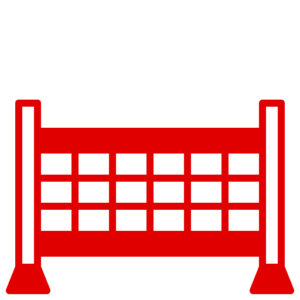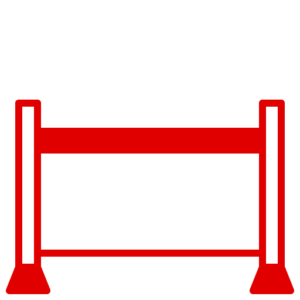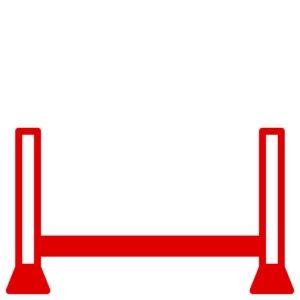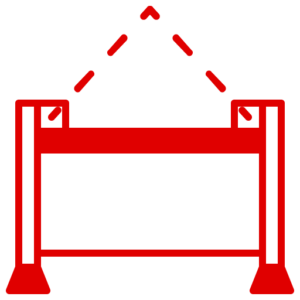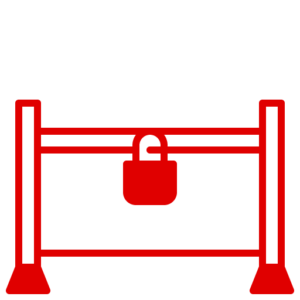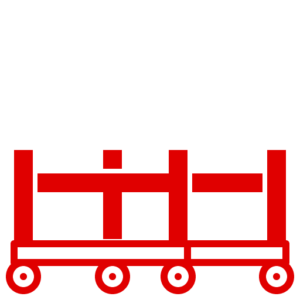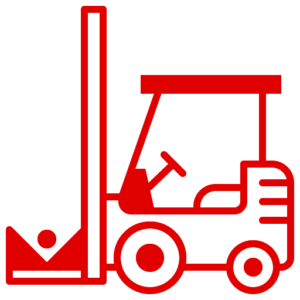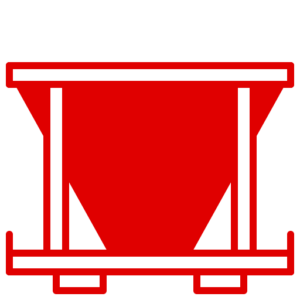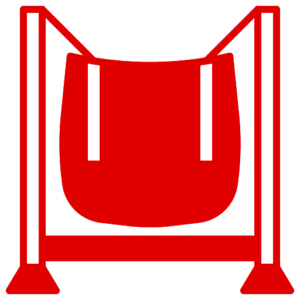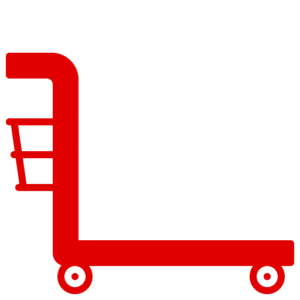News
Stillages in Lifting Operations: Evaluating Suitability through a LOLER-Compliant Approach
At Lowe Stillages and Cages, we are committed to ensuring that our products not only meet the highest quality standards but also align with necessary safety regulations. The Lifting Operations and Lifting Equipment Regulations (LOLER) serve as a crucial guide in this respect. One area of focus under LOLER is the assessment of stillages’ suitability for specific lifting operations. In this blog post, we’ll discuss how to make such an assessment to ensure safe and compliant lifting operations.
Determining Load Requirements
The first step in assessing stillage suitability under LOLER is to determine the specific load requirements for the lifting operation. This involves looking at factors such as weight, dimensions, and special considerations like the centre of gravity or load distribution. By doing so, you can establish whether the stillages in question possess the necessary load capacity and are designed to handle the intended loads safely.
Evaluating Stillage Design
Next, it is vital to evaluate the stillage’s design to ensure it is appropriate for the specific lifting operation. Here, the structural integrity, stability, and compatibility with lifting equipment are of utmost importance. Moreover, one must ascertain if the stillage has the necessary securing mechanisms, lifting points, and other design features that match the lifting operation’s requirements.
Reviewing Manufacturer’s Specifications
Manufacturer’s specifications and guidelines provide valuable insights when assessing stillage suitability. These may include load capacity ratings, usage limitations, and specific recommendations for certain types of lifting operations. Ensuring that the stillage meets or even exceeds these manufacturer requirements helps guarantee the stillage’s suitability and safety.
Conducting Risk Assessments
Performing a thorough risk assessment specific to the lifting operation involving stillages is a cornerstone of LOLER regulations. This process involves identifying potential hazards like inadequate load support, instability during lifting, or improper attachment methods, assessing the associated risks, and implementing suitable control measures to mitigate them.
Engaging Competent Personnel
Finally, input from competent personnel, such as qualified engineers or lifting equipment specialists, is critical. Their expertise can prove invaluable in assessing the technical aspects, compatibility, and overall safety of using specific stillages in the intended lifting operation.
By following these strategies, you can effectively assess the suitability of stillages for specific lifting operations in accordance with LOLER. Taking into account load requirements, stillage design, manufacturer’s specifications, risk assessments, and expert advice ensures the safe and suitable use of stillages in lifting operations.
At Lowe Stillages and Cages, we are dedicated to fostering a culture of safety, providing you with high-quality products designed with your safety and compliance needs in mind.

